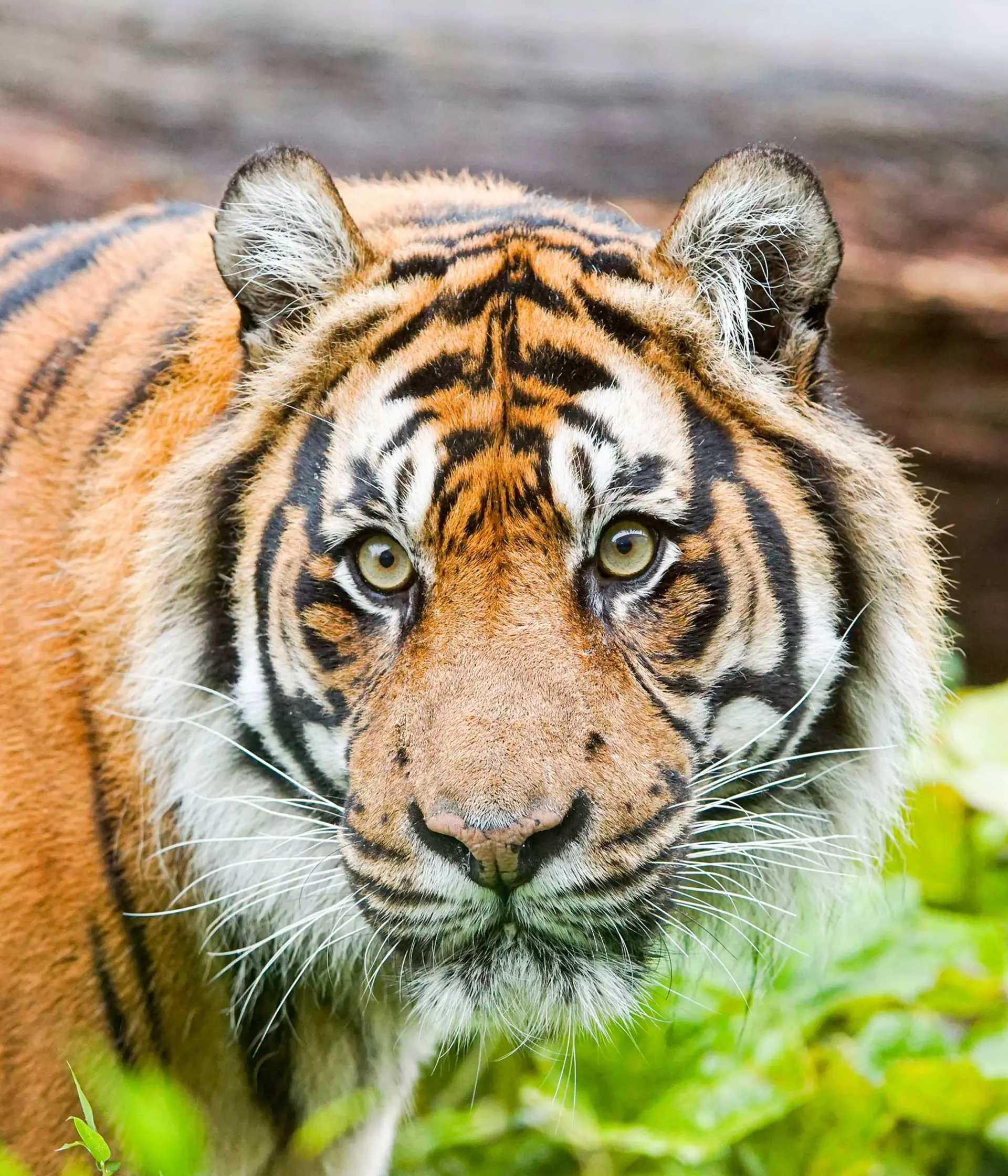Get closer to wildlife
Meet over 10,000 amazing animals, from tiny marching leafcutter ants to our giant 193kg silverback gorilla.
Discover key facts about your favourite animals - from the foods they eat to the threats they face in the wild. And find out how we’re tackling threats and protecting endangered species with our global wildlife conservation work. You can also download our full species register document.
- Ciconia abdimii
Abdim's stork
Abdim’s stork are thought to bring rain and good luck, and form huge flocks of up to 10,000 birds.
- Pyxicephalus adspersus
African bullfrog
African bullfrogs have a monstrous appetite, and will eat anything that moves, from large birds, to snakes and even other bullfrogs!
- Lycaon pictus
African wild dog
They have an 80% hunt success rate, making them one of the most successful predators on earth.
- Hapalemur alaotrensis
Alaotran gentle lemur
These lemurs can actually swim, with mothers even carrying their young on her back whilst paddling along.
- Vicugna pacos
Alpaca
Alpacas are a domestic animal bread from the vicuña, which are native to the Andes.
- Mauremys annamensis
Annam leaf turtle
The anam leaf turtle is one of the most endangered reptiles on earth, there are only around 50 remaining individuals in the wild. Little is known about them, but we are working to better understand the species.
- Aonyx cinereus
Asian short-clawed otter
Young otters do not open their eyes until they are 40 days old, taking their first swim after about nine weeks old.
- Panthera leo persica
Asiatic lion
There are only several hundred Asiatic lions in the wild, and they only live in the Gir Forest, India, in an area that is smaller than Greater London.
- Ambystoma mexicanum
Axolotl
They have the ability to regenerate digits and limbs, and despite being commonly bred in captivity, they are almost extinct in the wild.
- Daubentonia madagascariensis
Aye-aye
Aye-ayes use their long finger to tap on branches and listen for hollow sounds, then they use their strong front teeth to rip open the bark before reaching into the hole to pull out their prey.
- Platysternon megacephalum
Big-headed turtle
This turtle’s head is so big it can’t be withdrawn inside its shell. Instead, the top and sides of its head are covered with a large bony ‘roof’ that acts like armour.
- Saimiri boliviensis
Black-capped squirrel monkey
Squirrel monkeys have the largest brain, proportionally, of all primates.
